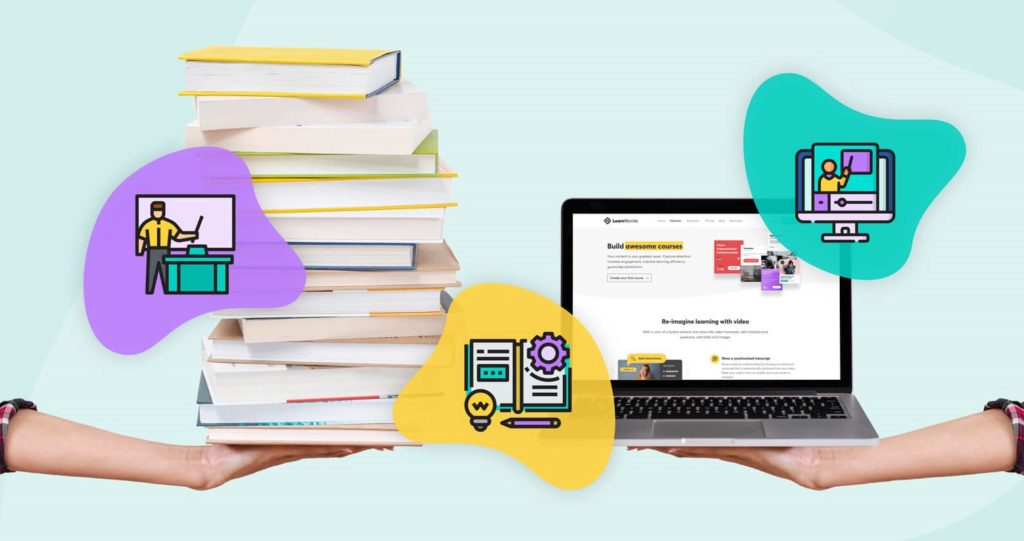
‘Blended learning’ has been a buzzword in the recent times. Multiple scholars have described blended learning as the ‘new normal’ in higher education. However, what do we mean by blended learning? Why, what, and how are we blending?
Blended learning has been hanging around for over two decades. The key ingredients of blended learning are obvious which are F2F and online instructions. However, still there is ambiguity about some aspects of the pedagogic method, including definitional ambiguity. I define blended learning as a pedagogic method with purposeful combination of face-to-face (F2F) and technology-mediated instruction that improves learning outcomes, success, and teaching delivery.
Teaching has been part of human life since the beginning of humanity. So, why would we want to introduce a new pedagogic method? The answer is quite simple. Literature tells us that blended learning has the interest not only in learner experiences but teacher instructions too. In other words, the aim of blended learning is improving teaching delivery and enhancing learner experiences. By combining the best features of F2F and online instructions, it can provide multiple affordances such as increased access to learning, increased flexibility, and enhanced learner engagement which may not be possible with regular F2F or online instructions alone.
Blended learning has been described as a segment of a continuum, fully F2F learning being at one extreme and fully online at the other. However, currently there is no consensus about the proportion of each type of learning. Whilst some scholars propose 20 to 80% online learning, others suggest 30 to 79%, amongst other proposals. It is, however, clear that the F2F learning time is reduced to provide learners and teachers with more flexibility. We also know that the reduced F2F learning time is replaced by a range of online learning activities that are typically managed through a learning management system such as Moodle. What to blended and how to blend seem to be currently left for individual teachers to make decisions depending on the nature of the subject and the learning environment. This is a critical decision, and must be thoughtful, because if the blend is not right, and if a teacher cannot find the right balance between the flexibility and the quality of learning, blended learning may not be as promising as it has been perceived to be.
Overall, blended learning has the potential to provide students with superior learning outcomes compared to other pedagogic approaches. To make this happen, however, the combination needs to be thoughtful, and the F2F and online learning components should be complementing to each other to create enhanced learner engagement within the learning environment.
